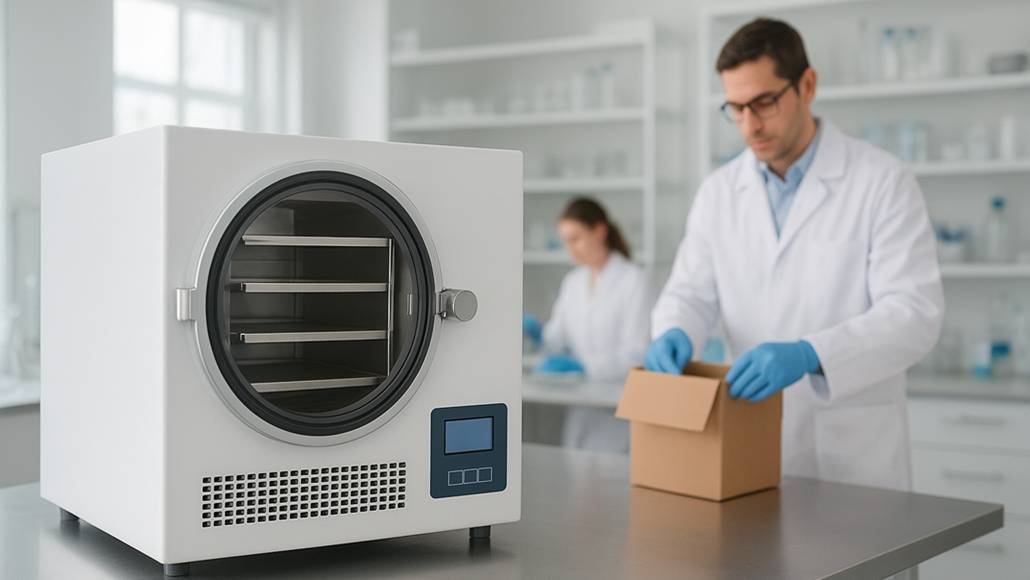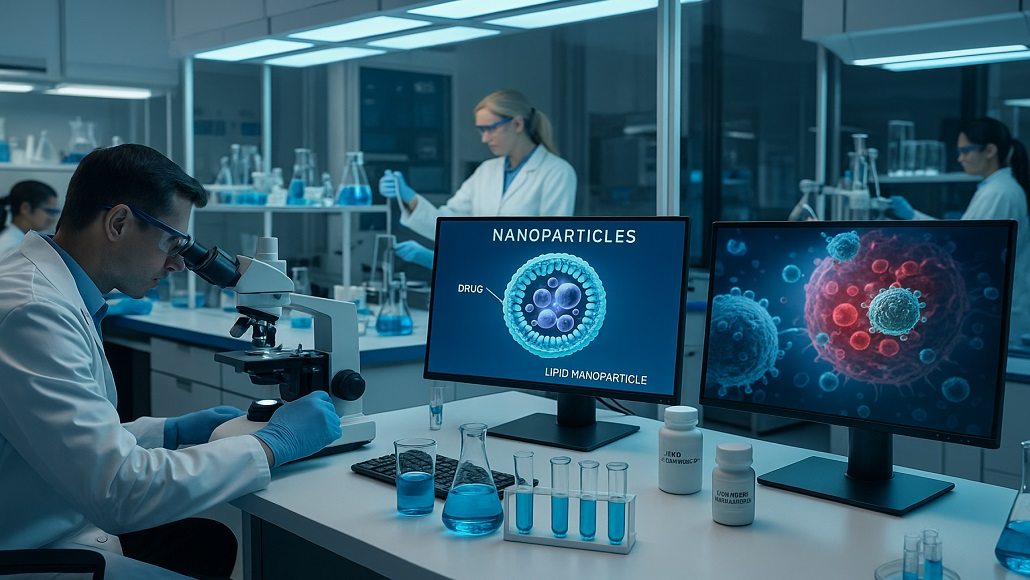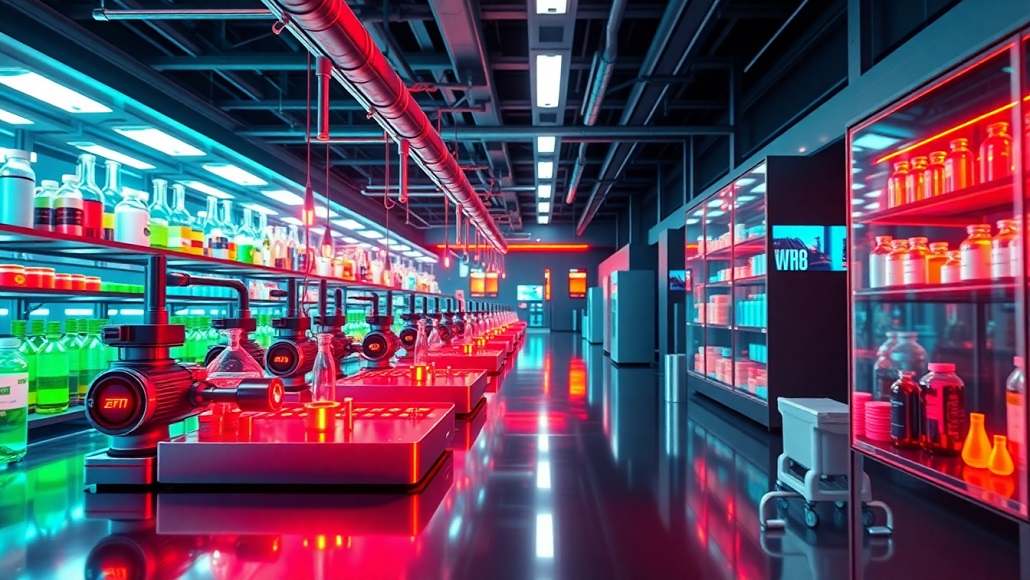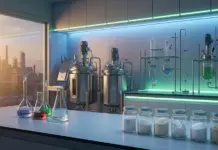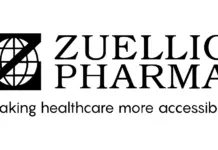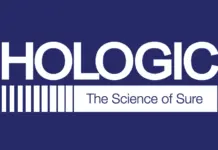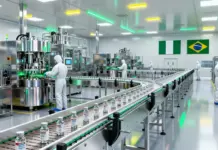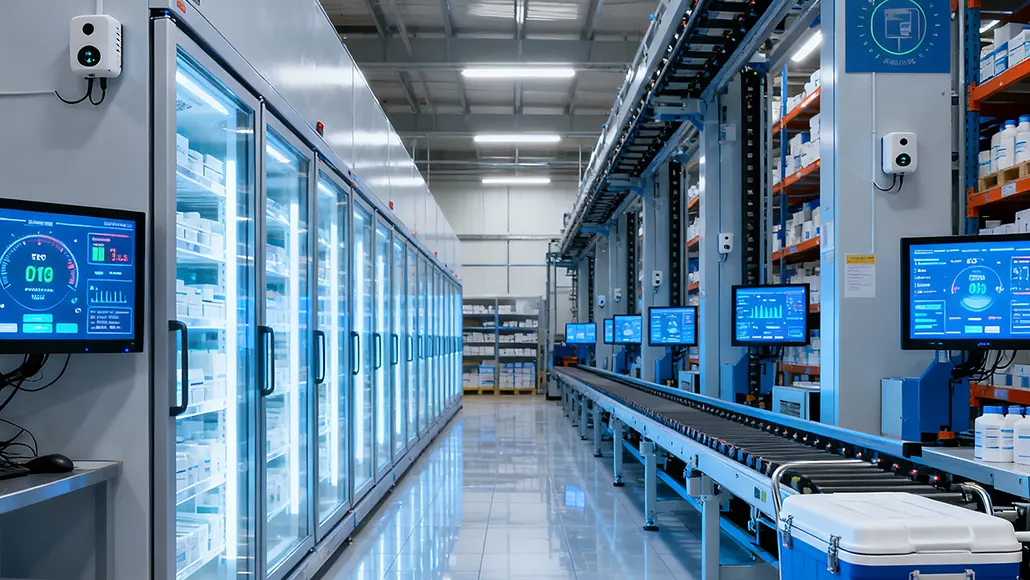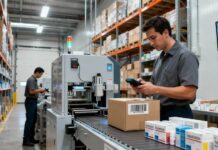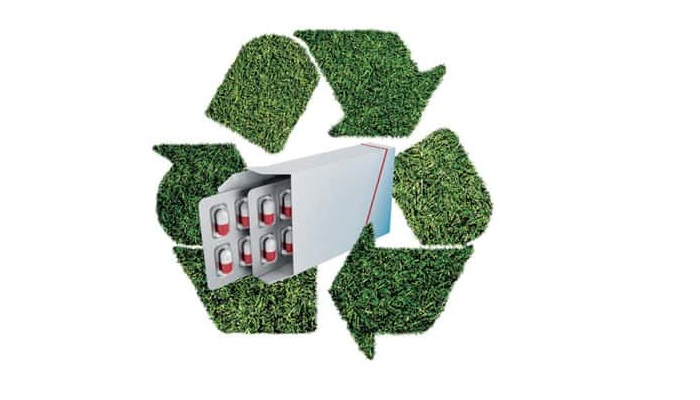GlobalData’s analysis happens to reveal quite a significant uptick in the mention of emissions within pharmaceutical company filings. In 2023, this keyword appeared 6,272 times—a 33% increase from the previous year and a staggering 542% rise from 2016. This highlights the growing emphasis on sustainability across various industries as the pressure to meet net-zero emissions targets intensifies. While there are some large pharmaceutical companies that look to aim so as to achieve carbon neutrality soon, many have committed to a 2030 deadline. Considering the kind of vast changes that are required and the predicted rise in the demand for carbon-intensive products like injectables, the urgency is palpable.
Balancing Demand and Sustainability in Pharma Production
As global populations age and of course the access to medications in developing regions improves, the pharmaceutical industry faces escalating demand. Innovations and new therapeutic modalities, such as the latest weight loss and diabetes drugs, further drive this dependency on medicines. GlobalData projects sales of GLP-1 agonists to reach $37.1bn by 2031. This situation begs the question: how can the industry reduce emissions while the demand for its products continues to grow? Hywel Woolf, Sustainability Manager at Sharp, stressed that energy efficiency improvements and sustainable sourcing programs are essential.
Woolf highlighted that the US pharmaceutical sector alone consumes over $1bn of energy annually, with this figure on the rise. He pointed out that reducing energy usage, sourcing renewable energy, and improving energy efficiency could lead to better environmental outcomes and financial savings. Simple modifications in offices and manufacturing sites, such as motion sensor-based LED lighting, can make a significant impact. However, larger investments are also necessary, including HVAC upgrades, building insulation, and installing solar panels and geothermal wells. GSK and Merck have disclosed that Scope 3 emissions constitute a broader portion of their carbon footprint, underscoring the importance of supply chain partners committed to sustainability.
Importance of Eco-Design in Pharmaceuticals
Integrating eco-design principles throughout product development is crucial for reducing carbon emissions, especially given the industry’s contribution of 300 million tonnes of plastic waste annually. Injectable drug delivery devices, such as autoinjectors, pens, and prefilled syringes, heavily rely on high-carbon footprint materials and single-use plastics, necessitating significant redesigns to lower their embedded carbon.
Opportunities and Challenges in Eco-Design for Injectables
Eco-design is essential for the future of injectable pharmaceutical products. Single-use plastic devices present a significant problem but also an opportunity for improvement. Switching to multi-use devices could have a huge impact. Redesigning devices for easier disassembly and reuse, as well as simple changes like limiting device colors, could enhance recyclability. Woolf suggested that using fewer colors could facilitate recycling and prevent plastics from ending up in incineration. Regulatory support for such changes could also be beneficial.
Glass, while easier to recycle than plastic, faces limitations due to contamination concerns, placing emphasis on virgin glass production, which is more carbon-intensive. Alexander Schäfer, Business Development Manager at Sharp, explained that the pharmaceutical industry operates in a heavily regulated market, posing challenges for sustainable changes. Sustainable sourcing, such as finding vendors who use green energy, becomes crucial. Schäfer noted that viable alternatives are often limited, especially for primary packaging, though secondary packaging materials offer more sustainable options.
Role of CPOs in Sustainable Pharma
Pharmaceutical companies are increasingly relying on contract packaging organizations- CPOs for support and advice on sustainable options, marking a shift in the traditional client-CPO relationship. Collaborations with suppliers and CPOs are now key to achieving sustainability goals, especially in reducing the carbon footprint of injectable devices. Schäfer mentioned that CPOs can influence sustainable choices by presenting options during the tendering process. Examples of successful collaborations include redesigning a carton to reduce its carbon footprint by 20% without additional costs and developing lighter primary packaging to save on plastic use and costs.
Industry Partnerships for Net-Zero Emissions
Partnerships among supply chain companies are essential to help the industry achieve net-zero emissions. The Alliance to Zero, founded in 2021 by eight pharmaceutical supply chain companies, is one such initiative. By sharing detailed product data, members like Sharp and Ypsomed have created a detailed carbon footprint for autoinjectors and are working together on carbon reduction strategies across the supply chain.
Regulatory Support for Sustainable Solutions
Achieving industry-wide sustainability transformations requires regulatory support. Woolf emphasized the need for leadership and regulatory changes to implement sustainable solutions proposed by pharmaceutical suppliers. This would encourage broader behavioral changes across the industry and the adoption of eco-friendly solutions, including design, material selection, and circularity, while maintaining patient safety as a priority.
Future Outlook
Looking forward, the pharmaceutical sector must navigate numerous challenges to achieve sustainability. The industry’s reliance on high-carbon materials and processes means that significant changes in design, sourcing, and production methods are necessary. However, with the right investments and regulatory support, these changes can lead to substantial environmental benefits and cost savings. By focusing on energy efficiency, sustainable sourcing, and eco-design principles, the pharmaceutical industry can make meaningful strides towards reducing its carbon footprint while meeting the growing global demand for medications.
Conclusion
The pharmaceutical industry happens to be at a critical juncture where the need for sustainability as well as the increasing demand for its products intersect. By way of energy efficiency improvements, sustainable sourcing programs along with the adoption of eco-design principles, the industry can go ahead and address these challenges and go ahead and move towards a more sustainable future. Partnerships along with the supply chain companies and support from regulatory bodies will be indeed essential in this journey. As the industry continues to go ahead and innovate and also evolve, the commitment to reducing emissions as well as promoting sustainability must remain right at the forefront of its efforts.



